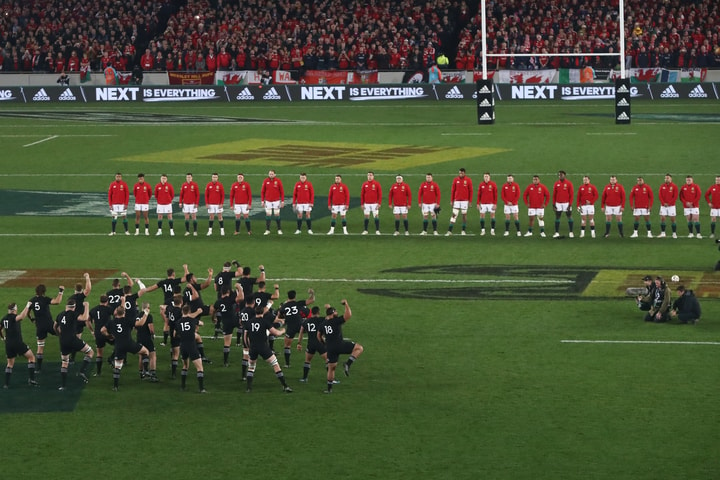England has supplied some distinguished half backs to the ranks of British and Irish Lions in recent test series. The rollcall includes Rob Andrew, Dewi Morris, Matt Dawson, Mike Catt, Jonny Wilkinson, Ben Youngs and Owen Farrell. All these players would rank highly in any list of leading English half backs, but surprisingly there were relatively few capped English players selected for Lions test matches prior to 1939. The word 'capped' needs to be stressed because some players from English clubs were either uncapped at the time of their Lions test appearances or were never selected in a full England international.
No test matches were played on the British tour of Australia and New Zealand in 1888 so the roster of Lions international matches starts with three tests on their 19-match unbeaten tour of South Africa in 1891. In an era when half back play was shared between two players, the young Cambridge University student Arthur Rotherham played in three tests and Howard Marshall from the Blackheath club played alongside him in the second test.
Both players, them uncapped, were to earn their niches in English rugby history. Although he had not won a 'Blue' while at Cambridge University, Howard Marshall scored three tries in his only international against Wales in Cardiff, a nail-biting defeat memorable for a match-winning penalty goal by the Welsh full back Billy Bancroft in the 77th minute. Arthur Rotherham had to wait almost seven years before winning the first of his five England caps as a Richmond player against Scotland in March 1898. He captained England throughout the 1899 championship in which England lost all three matches and he was not called on again.









